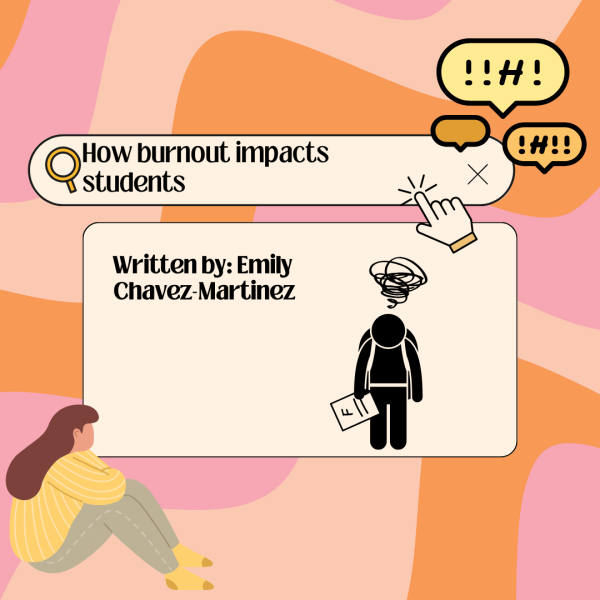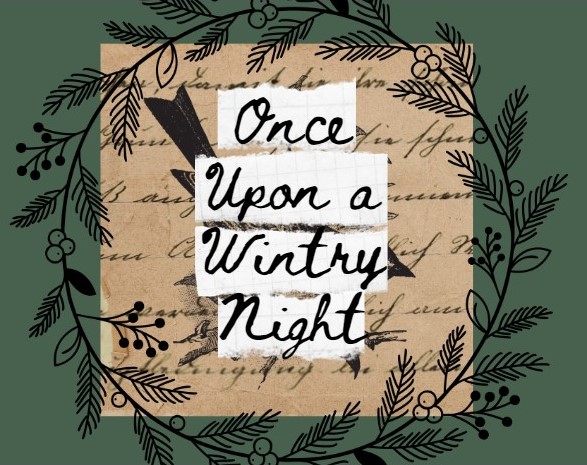All about the 2023 Spring Equinox (which begins next Monday, March 20th, 2023, at 5:24pm EST)!!
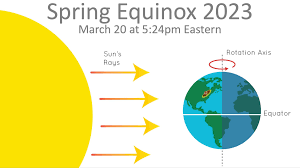
When does Spring 2023 start?
When does Spring 2023 start? Well, I am glad that you asked. This year, 2023, the official first day of Spring 2023 is Monday, March 20th, at 5:24pm EST. This date marks the “Spring Equinox” in the Northern Hemisphere. But what exactly IS the 2023 Spring Equinox and why is it always on the 20th of March every year? Well, before you turn to go do something else, continue reading to learn more – and plus, enjoy some ideas on how to celebrate the start to the 2023 Spring Equinox.
When is the First Day of Spring 2023?
In March 2023, the Spring Equinox happens or occurs on Monday, March 20th, 2023, at 5:24 P.M. EST. This year, it will fall on a Monday and is the astronomical beginning or start of the Spring season in the Northern Hemisphere, and the astronomical beginning or start of the Autumnal or Fall season in the Southern Hemisphere.
But if you thought that the Spring Equinox only ever occurred or happened on March 21st (like both the Summer and the Winter Solstice occurs or happens on the 21st of both June and December), then you may be dating yourself a little bit. Just maybe. But the civil calendar date of the Equinox continues to shift or move every year. So, let us take a deeper dive to find out why that is.
(Here are both the Spring Equinox Dates and Times):
| Year | Spring Equinox (Northern Hemisphere) | Spring Equinox (Southern Hemisphere) |
|---|---|---|
| 2023 | Monday, March 20th, at 5:24 P.M. EDT | Saturday, September 23rd |
| 2024 | Tuesday, March 19th, at 11:06 P.M. EDT | Sunday, September 22th |
| 2025 | Thursday, March 20th, at 5:01 A.M. EDT | Monday, September 22th |
| 2026 | Friday, March 20th, at 10:45 A.M. EDT | Wednesday, September 23rd |
*Due to time zone differences, this Equinox will technically occur or happen on the next day in some parts of the world.
What is the Spring Equinox?
In the Northern Hemisphere, the Spring Equinox in the Northern Hemisphere (also called the March Equinox or Vernal Equinox across the globe) occurs when the Sun crosses the celestial equator going South to North. It is called the “celestial” equator because it is an imaginary or an invisible line in the sky above the Earth’s Equator. Imagine standing on the Equator; the Sun would pass directly overhead on its way North.
On the March Equinox, both the Northern Hemisphere and Southern Hemisphere receive roughly equal amounts of sunlight; neither Hemisphere is tilted more toward or away from the Sun than the other.
Although in most locations (both the North Pole and the Equator being exceptions) the amount of daylight had been increasing each day after the Winter Solstice, after the Spring Equinox, many places will experience more daylight than darkness in each 24-hour day. The amount of daylight each day will continue to increase until the Summer Solstice in June, during which the longest period of daylight occurs.
But to make things more exciting, here is an interesting fact: Equinoxes are the only two times each year that the Sun rises due East and sets due West for all of us on Earth! While the Sun passes overhead, the tilt of the Earth is zero relative to the Sun, which means that Earth’s axis neither points toward nor away from the Sun. (Note, however, that the Earth never orbits upright, but is always tilted on its axis by about 23.5 degrees.)
What does the word “Equinox” mean?
The word equinox comes from the Latin words for “equal night”—aequus (equal) and nox (night). On the equinox, the length of both day and night is nearly equal in all parts of the world.
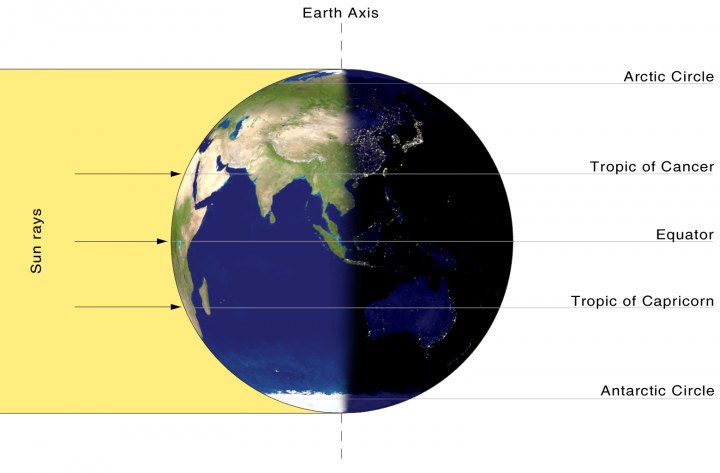
Now, here are some most asked questions from people like you regarding the Spring Equinox. So, without further ado, here they are in dramatic fashion! Lol!
Q: Are both Day and Night Equal on the Equinox?
A: Oooh, quite close! In reality, both day and night are not exactly equal on the Equinox for two reasons: First, daytime begins the moment any part of the Sun appears over the horizon and is not finished until the last part of the Sun disappears below the horizon. If the Sun were to shrink to a starlike point and we lived in a world without air, both the Spring and Fall Equinoxes would truly have equal nights.
Q: Which Day Has the Most Sunlight in North America?
A: The Summer—or “June”—Solstice is called the “longest” day of the year! The date of the longest day actually varies from June 20th to June 22nd, depending on the year, and the local time zone. By “longest day,” we mean the day that gets the most daylight (versus darkness). See our Summer Solstice page.
Some Ideas on How to Celebrate Spring!
To us, the Vernal Equinox signals both new beginnings and nature’s renewal in the Northern Hemisphere! Many cultures celebrate with Spring festivals, such as Easter and Passover.
Here are some ideas for how to spend the first week of spring.
- Get outside! Look around. Are both worms and grubs reappearing? (The March Full Moon is called the “Worm Moon” for this very reason!)
- Watch the arc of the Sun across the sky as it shifts toward the North. Birds are migrating northward, along with the path of the Sun.
- Are you noticing that the days are getting longer? Did you know that the increasing sunlight inspires birds to sing? Cool, eh? Enjoy our Bird Songs page.
- Are daffodils poking up their heads? Trees, shrubs, and flowers are sensitive to temperature and day length, too! Since ancient days, people have used natural events as indicators of when the weather is right for planting. For example: Blooming crocus are your cue to plant radishes, parsnips, and spinach. See more of nature’s signs.
- Can you feel the Sun getting stronger? The longer days bring high temperatures. Both we and the animals around us discard our warm clothes and heavy coats!
- Do you plan to garden? The first day of Spring is a traditional day to start in the garden! There is nothing more restorative! See which days are the best planting dates according to your local frost dates or consult our Vegetable Gardening for Beginners guide to get started!
- Are you craving fresh foods after a long Winter? A Spring Tonic, using the early greens of Spring, may be just the thing you need! Also, find some new Spring recipes using what is both fresh and seasonal! Like the bunny below is doing.
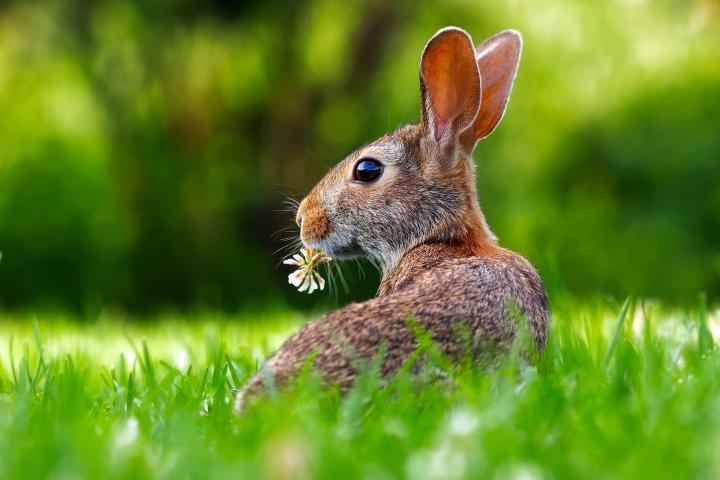
So, in conclusion, this is a very detailed article all about what the 2023 Spring Equinox is, both when and where it starts, and some very cool facts about it. I hope that you enjoyed it. But until next time, enjoy the official start to Spring 2023 as we wave goodbye to Winter 2023!!
Your donation will support the student journalists of Dakota High School. Your contribution will allow us to purchase equipment and cover our annual website hosting costs.

Zachary Veal is a senior at Dakota High School. He is interested in music while playing percussion in his 3rd hour Concert Band class right here at Dakota,...




